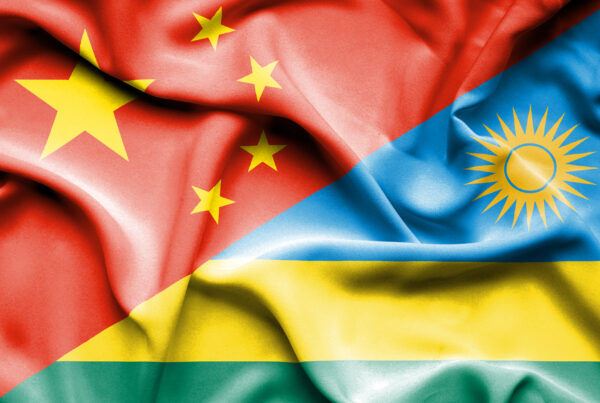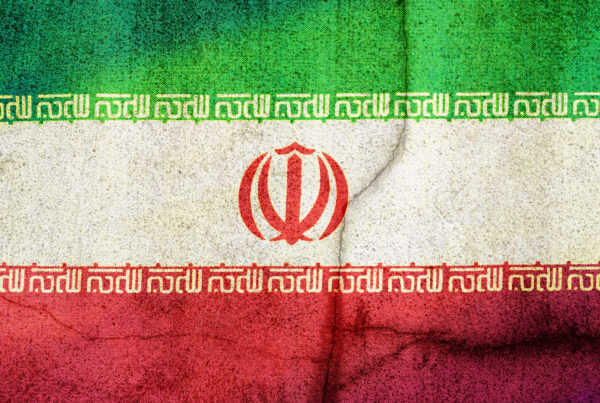This paper by CIRA’s Jonathan Ray examines why China developed an enhanced radiation weapon (ERW) but did not deploy it. ERWs, better known as “neutron bombs,” are specialized nuclear weapons with reduced blast effects and enhanced radiation, making them ideal tactical and antipersonnel weapons. Declassified U.S. intelligence and Chinese press reports indicate the People’s Republic of China (PRC) was interested in an ERW in 1977 and successfully tested a device on September 29, 1988. To date, however, these sources provide no evidence of deployment. This study exploits primary source documents to reconstruct the ERW program’s history, assesses drivers behind decisions throughout the program, and considers broader implications for PRC decision-making on weapons development. This case study suggests a model of a “technology reserve” in which China develops a weapons technology to match the capabilities of another state but defers deployment. This paper presents an analytic framework for examining how the technology reserve model might apply to China’s decision-making on ballistic missile defense (BMD), anti-satellite (ASAT), and hypersonic glide vehicle (HGV) systems.
To read more, see: https://inss.ndu.edu/Media/News/Article/652871/red-chinas-capitalist-bomb-inside-the-chinese-neutron-bomb-program/




